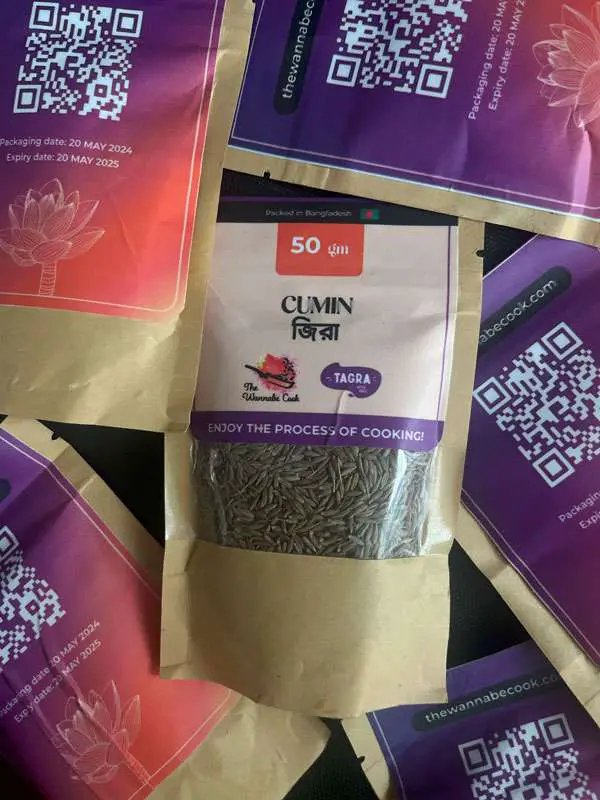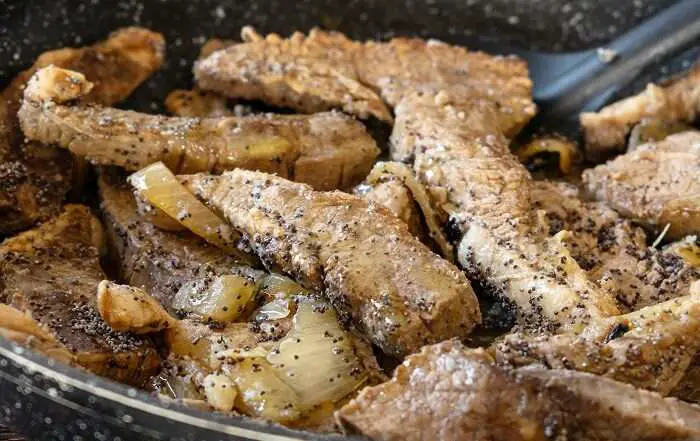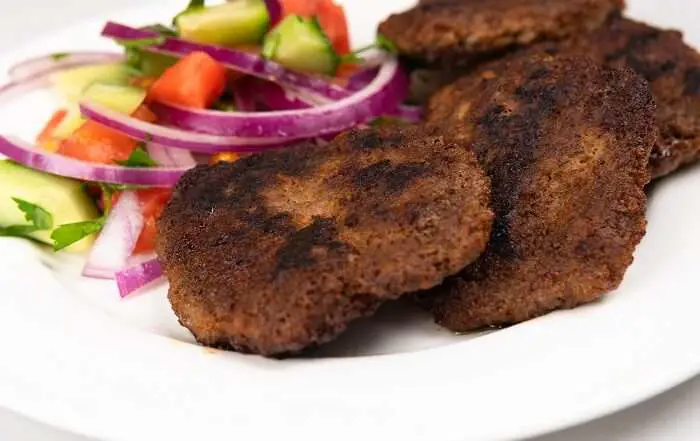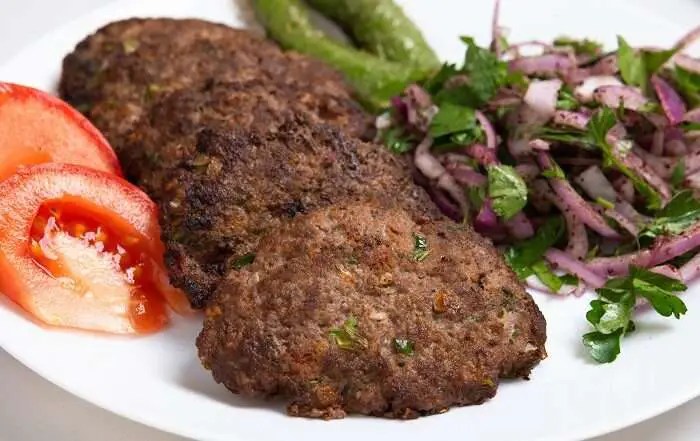Cumin seeds originate from the Mediterranean region and are also widely cultivated in the Middle East, India, and parts of Asia. They have been used historically in ancient civilizations such as Egypt, Greece, and Rome, and are a common spice in cuisines around the world today.
Cumin seeds have a rich history dating back thousands of years. Here’s an overview:
Ancient Use: Cumin seeds have been used since ancient times, with evidence of their cultivation and consumption found in archaeological sites dating back to ancient Egypt and Mesopotamia.
Mediterranean and Middle East: Cumin was highly valued by the ancient Greeks and Romans, who used it both as a spice and as a medicine. It spread throughout the Mediterranean region and into the Middle East, where it became a staple spice in various cuisines.
India: Cumin seeds have been integral to Indian cuisine for centuries. They are mentioned in ancient Indian texts such as the Atharvaveda, a sacred Hindu scripture dating back to around 1500 BCE. In India, cumin is known as “jeera” and is used in a wide variety of dishes, from curries to spice blends like garam masala.
Medicinal Uses: Throughout history, cumin seeds have been valued not only for their flavor but also for their medicinal properties. They were believed to aid digestion, promote appetite, and have various other health benefits.
European and Global Spread: During the Middle Ages, cumin became popular in Europe, where it was used in cooking and also as a preservative for meats. It was brought to the Americas by European colonizers and eventually became integrated into Latin American and Caribbean cuisines.
Modern Day: Today, cumin seeds are widely used across the world, particularly in Indian, Middle Eastern, Mexican, and North African cuisines. They are a key ingredient in spice blends like curry powder and chili powder, and they add a distinct earthy and warm flavor to dishes.
Overall, cumin seeds have a long and storied history as a spice and medicinal herb, spanning multiple cultures and continents over thousands of years.
Health Benefits
Cumin seeds offer a variety of potential health benefits, supported by both traditional wisdom and modern scientific research. Here are some of the key benefits associated with cumin seeds:
Digestive Aid: Cumin seeds are known for their ability to aid digestion. They stimulate the secretion of pancreatic enzymes, which helps break down sugars, fats, and carbohydrates in the digestive system. This can reduce symptoms like bloating, gas, and indigestion.
Antioxidant Properties: Cumin seeds contain antioxidants such as flavonoids, phenolic compounds, and terpenes. These antioxidants help neutralize harmful free radicals in the body, which can reduce oxidative stress and lower the risk of chronic diseases.
Anti-inflammatory Effects: Some studies suggest that cumin seeds have anti-inflammatory properties. Components like cumin aldehyde and thymoquinone may help reduce inflammation in the body, which could benefit conditions like arthritis and inflammatory bowel diseases.
Improves Blood Cholesterol: Research indicates that cumin seeds may help lower LDL (bad) cholesterol levels while increasing HDL (good) cholesterol levels. This can contribute to a healthier cardiovascular system and reduce the risk of heart disease.
Blood Sugar Regulation: Cumin seeds may help regulate blood sugar levels by improving insulin sensitivity and glucose absorption in the body. This can be particularly beneficial for individuals with diabetes or those at risk of developing diabetes.
Promotes Weight Loss: Some studies suggest that cumin seeds may aid in weight loss. They can boost metabolism and reduce cravings, potentially leading to reduced calorie intake and weight loss over time.
Antimicrobial Properties: Cumin seeds have antimicrobial properties that can help fight off bacterial and fungal infections. They have been traditionally used to treat digestive disorders caused by bacteria and to prevent food spoilage.
Bone Health: Cumin seeds contain minerals like calcium and phosphorus, which are essential for maintaining bone health and preventing osteoporosis.
Enhances Cognitive Function: There is some evidence to suggest that cumin seeds may have neuroprotective effects and could potentially enhance memory and cognitive function.
Skin Benefits: Cumin seeds contain essential oils that have anti-inflammatory and antibacterial properties, which may help alleviate skin conditions like acne and eczema when applied topically.
Fun Facts
Here are some fun and interesting facts about cumin seeds:
Ancient History: Cumin seeds have been used since ancient times, dating back to at least 2000 BCE. They were highly valued in ancient Egypt, Greece, and Rome, where they were used in cooking, medicine, and even as a form of currency.
Global Usage: Cumin seeds are one of the most popular spices globally, especially in cuisines from the Middle East, Indian subcontinent, North Africa, Mexico, and Latin America.
Culinary Versatility: Cumin seeds are incredibly versatile in cooking. They can be used whole or ground and are found in a wide variety of dishes including curries, stews, soups, rice dishes, and spice blends like garam masala and taco seasoning.
Distinct Flavor: Cumin seeds have a warm, earthy, and slightly peppery flavor with hints of citrus and anise. This unique flavor profile makes them a popular choice in both savory and sweet dishes.
Medicinal Uses: In addition to culinary uses, cumin seeds have been traditionally used in herbal medicine for their digestive, anti-inflammatory, and antimicrobial properties.
Symbolism: In ancient times, cumin seeds were believed to promote love and fidelity. They were often included in wedding rituals and ceremonies as a symbol of devotion.
Folklore: According to ancient Greek and Roman folklore, cumin seeds were used to ensure success and prosperity. They were also believed to ward off evil spirits and protect against witchcraft.
Oil Production: Cumin seeds are used to extract cumin seed oil, which is valued for its aromatic and therapeutic properties. It is used in aromatherapy, perfumery, and in the cosmetic industry.
Coffee Substitute: During World War II, when coffee was scarce, roasted cumin seeds were sometimes used as a substitute in Europe.
Scientific Classification: Cumin seeds belong to the Apiaceous family, which also includes carrots, celery, and parsley. Their scientific name is Cuminum cyminum.
These fun facts highlight the cultural, culinary, and historical significance of cumin seeds, making them not just a spice, but a fascinating part of human history and tradition.
Level 1: Using Cumin to Support Immune System
Here are a few recipes that incorporate cumin seeds along with other immune-supporting ingredients:
Immune-Boosting Lentil Soup with Cumin Seeds
Heat a large pot over medium heat. Dry roast the cumin seeds for 1-2 minutes until fragrant. Add onion, carrots, and celery to the pot. Sauté for 5-7 minutes until vegetables begin to soften. Stir in garlic, ginger, turmeric, and ground coriander. Cook for another minute until fragrant. Add lentils and vegetable broth. Bring to a boil, then reduce heat and simmer, covered, for 20-25 minutes until lentils are tender. Season with salt and pepper to taste. Stir in lemon juice. Serve hot, garnished with fresh cilantro or parsley!
Cumin Roasted Vegetables
Preheat oven to 400°F (200°C). In a large bowl, toss the vegetables with olive oil, cumin seeds, paprika, salt, and pepper until evenly coated. Spread the vegetables in a single layer on a baking sheet. Roast in the preheated oven for 20-25 minutes, or until vegetables are tender and lightly browned, stirring halfway through. Remove from oven and sprinkle with fresh herbs if desired. Serve as a side dish or as part of a meal!
Cumin and Turmeric Quinoa Salad
In a medium saucepan, toast the cumin seeds over medium heat for 1-2 minutes until fragrant. Add quinoa, water or vegetable broth, ground turmeric, and a pinch of salt. Bring to a boil, then reduce heat to low, cover, and simmer for 15-20 minutes until quinoa is cooked and liquid is absorbed. Remove from heat and let stand for 5 minutes, then fluff with a fork. In a large bowl, combine the cooked quinoa with cucumber, bell pepper, red onion, cherry tomatoes, and fresh herbs. Drizzle with lemon juice and toss to combine. Season with salt and pepper to taste. Serve chilled or at room temperature as a nutritious and flavorful salad!
Level 2: Using Cumin Seeds in Dinner Dishes
Cumin-Spiced Beef Tacos
Heat olive oil in a large skillet over medium-high heat. Add cumin seeds and toast for 1 minute until fragrant. Add chopped onion and garlic to the skillet. Sauté for 3-4 minutes until onion is translucent. Add ground beef to the skillet. Cook, breaking up the meat with a spoon, until browned and cooked through. Stir in chili powder, smoked paprika, salt, and pepper. Cook for another minute until spices are fragrant. Add tomato sauce to the skillet. Simmer for 5-10 minutes until flavors are blended and sauce thickens slightly. Warm tortillas according to package instructions. Spoon the beef mixture onto each tortilla. Top with your favorite toppings such as shredded lettuce, diced tomatoes, avocado slices, sour cream, shredded cheese, and salsa. Serve immediately and enjoy!
Cumin-Spiced Roast Chicken & Vegetables
Preheat oven to 375°F (190°C). In a small skillet, toast cumin seeds over medium heat for 1-2 minutes until fragrant. Remove from heat and let cool slightly. In a bowl, combine olive oil, toasted cumin seeds, ground cumin, smoked paprika, garlic powder, salt, and pepper to create a spice rub. Pat the chicken dry with paper towels. Rub the spice mixture all over the chicken, including inside the cavity. Place the chicken in a roasting pan or baking dish breast-side up. Arrange the chopped vegetables around the chicken. Roast in the preheated oven for 1 hour and 15 minutes to 1 hour and 30 minutes, or until the internal temperature of the thickest part of the chicken reaches 165°F (75°C) and juices run clear. Remove from oven and let the chicken rest for 10-15 minutes before carving. Serve the roast chicken with roasted vegetables, garnished with fresh herbs!
Cumin-Spiced Black Bean & Quinoa Burgers
In a large bowl, mash black beans with a fork or potato masher until mostly smooth. Stir in cooked quinoa, breadcrumbs, egg (or flaxseed egg), chopped onion, minced garlic, cumin seeds, ground cumin, smoked paprika, salt, and pepper until well combined. Form the mixture into burger patties. If the mixture is too wet, add more breadcrumbs. Heat olive oil in a large skillet over medium heat. Cook the burger patties for 4-5 minutes per side, or until golden brown and heated through. Toast burger buns if desired. Assemble burgers with your favorite toppings. Serve hot and enjoy these flavorful cumin-spiced black bean and quinoa burgers! These recipes showcase how cumin seeds can add depth and flavor to classic American dinner dishes, making them both delicious and satisfying.





